Life at an archaeological dig in the Egyptian desert
Roderick Geerts is spending the winter months at the Red Sea coast in Egypt, excavating the ancient port of Berenike
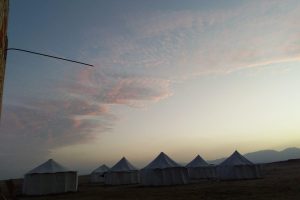

An escape from modern life
This year has been marked by regularities becoming rarities and never-done-before’s becoming novelties. In my case the cold and sometimes snowy Dutch winters would be spend at the Red Sea-side in Egypt. Annually an international team of archaeologists travels to Berenike for a season of excavations. Berenike was the location of a thriving port in the Greek and Roman period in Egypt. This port played an important role in the spice trade to India. During the last seasons the excavation has been focused on the Isis temple central in the Late Roman city.
Besides the amazing archaeological information buried underneath the yellow sand, a stay at Berenike also is a welcome escape from daily life and modernity. Internet is slow at best and even cellphone coverage is at times unreliable. Life takes place in and around the encampment, the concrete building being the focal point of the archaeological community, as a place to work, hang out and share the daily meals.
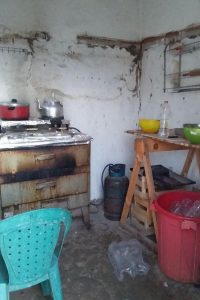

Similarities
Living at Berenike is a lesson in back to basics. Things taken for granted in our regular comfortable life are absent, there is no running water nor electricity. This has various implications for the way our cook has to prepare the lavish meals, but also for the sanitary. When conducting surveys in the desert itself the conditions are even more basic, without a kitchen or building to accommodate us. Even though the Romans themselves had those, the conditions in Berenike and the surrounding Eastern Desert are quite harsh and cultivation of crops was near impossible.
Similar to the runs to the nearest city and the supermarket, Berenike would have been supplied by caravans from the Nile Valley. Because the harbour was probably active seasonally only, a skeleton crew would be on site all year round. Natural resources, like fresh water springs, were heavily guarded or even encompassed within fortifications. When ships would sail into the harbour, loaded with spices from India, the city would be a bustling cosmopolitan port. This cosmopolitan character of ancient Berenike remains preserved in the many artefacts originating all over the then known world.
All in all even though the archaeologists and Romans are centuries apart, life in Berenike hasn’t changed much. The archaeological encampment is also seasonal and many different languages are spoken daily. Those basic living conditions make you respect how the Romans made their living in such a harsh and forbidding place.
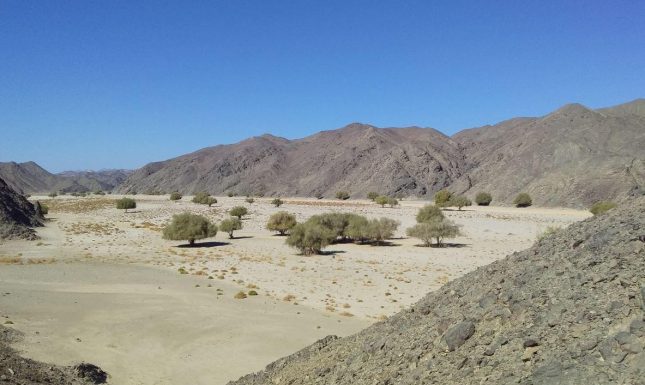


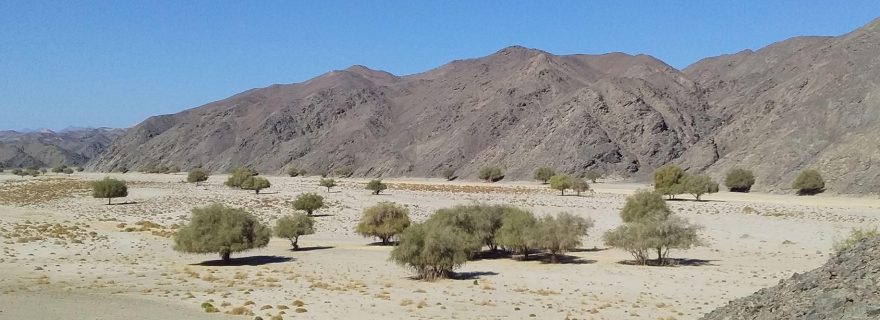
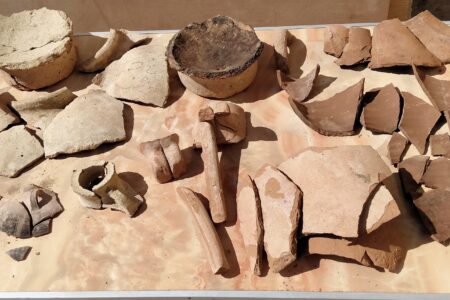
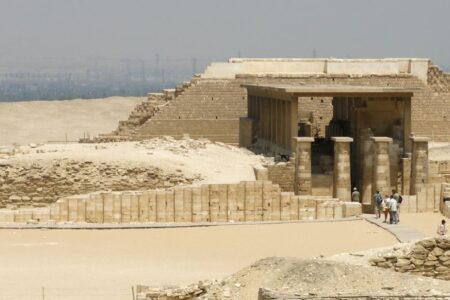
0 Comments